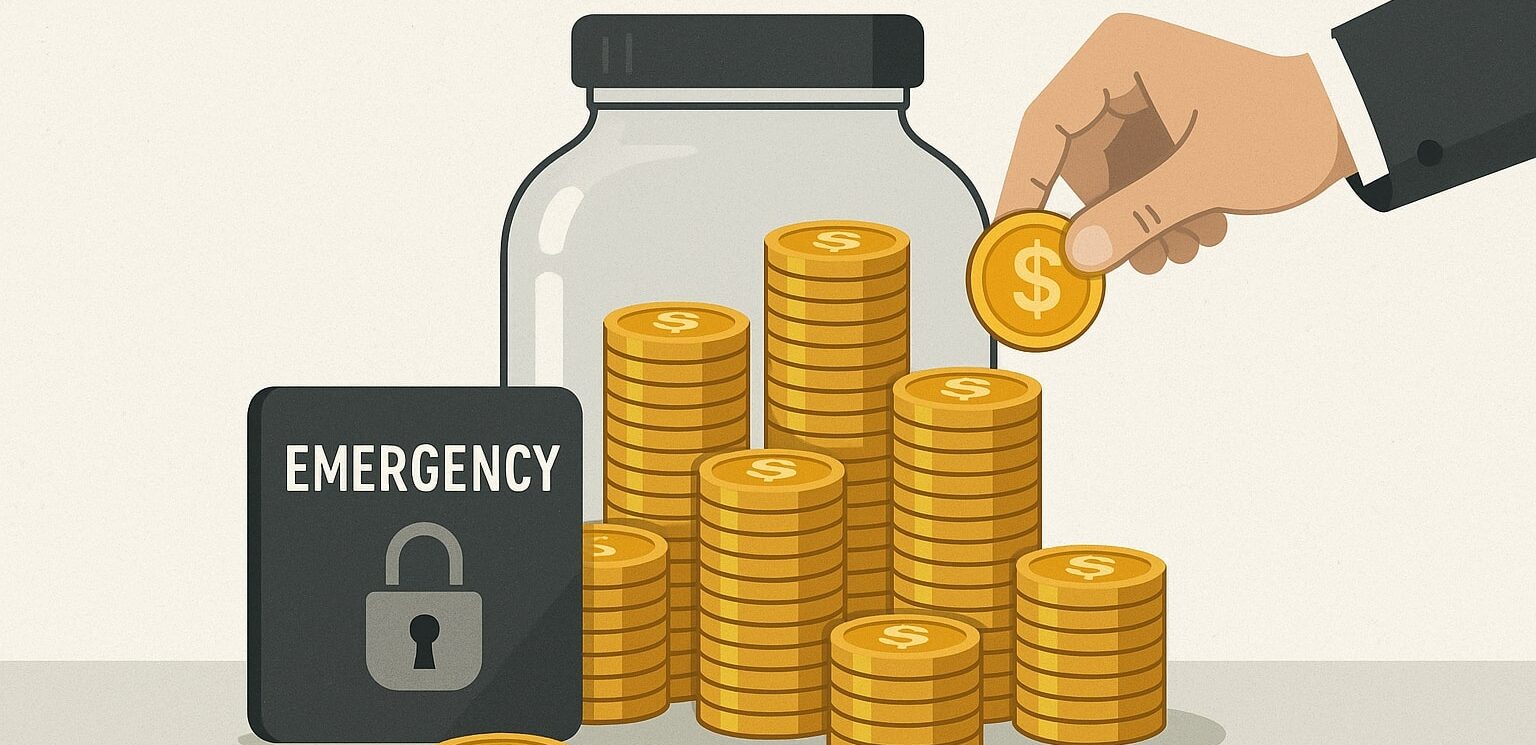
Emergency Fund Financial Management: How Much Is Really Enough?
Understanding the Importance of an Emergency Fund
An emergency fund serves as a financial safety net, providing peace of mind and stability during unforeseen circumstances such as job loss, medical emergencies, or unexpected home repairs. Establishing and maintaining an adequate emergency fund is a cornerstone of sound financial planning, ensuring that you can navigate life’s uncertainties without derailing your long-term financial goals.
Determining the Right Amount for Your Emergency Fund
The ideal size of an emergency fund varies based on individual circumstances, including income stability, monthly expenses, and personal risk tolerance. Financial experts generally recommend saving enough to cover three to six months of essential living expenses. This range offers a buffer to manage unexpected costs without resorting to high-interest debt or compromising other financial objectives.
Factors Influencing Emergency Fund Size
– Income Stability: Individuals with stable, salaried positions may lean towards the lower end of the recommended range, while those with variable income, such as freelancers or commission-based workers, might aim for a larger fund.
– Dependents: Households with dependents should consider a more substantial emergency fund to account for additional expenses and responsibilities.
– Monthly Expenses: A thorough assessment of fixed and variable monthly expenses will provide a clearer picture of the necessary fund size.
– Health Considerations: Those with ongoing medical needs or limited insurance coverage should factor potential healthcare costs into their emergency savings.
Strategies for Building Your Emergency Fund
Establishing an emergency fund requires discipline and a structured approach. Here are practical steps to help you build and maintain your fund:
1. Set Clear Savings Goals
Determine the total amount needed based on your monthly expenses and desired coverage period. Break this goal into manageable milestones to track progress effectively.
2. Automate Savings
Set up automatic transfers from your checking account to a dedicated savings account. Automating this process ensures consistent contributions and reduces the temptation to spend.
3. Allocate Windfalls Wisely
Direct unexpected income, such as tax refunds, bonuses, or monetary gifts, towards your emergency fund to accelerate growth.
4. Reduce Non-Essential Spending
Identify and cut back on discretionary expenses. Redirecting these funds can significantly boost your emergency savings over time.
5. Monitor and Adjust Regularly
Periodically review your emergency fund to ensure it aligns with current expenses and life circumstances. Adjust contributions as needed to maintain adequate coverage.
Choosing the Right Account for Your Emergency Fund
Accessibility and security are paramount when selecting an account for your emergency savings. Consider the following options:
– High-Yield Savings Accounts: These accounts offer competitive interest rates, allowing your savings to grow while remaining easily accessible.
– Money Market Accounts: Typically providing higher interest rates than standard savings accounts, money market accounts also offer check-writing privileges and debit card access.
– Certificates of Deposit (CDs): For a portion of your emergency fund, CDs can offer higher interest rates. However, they come with fixed terms and penalties for early withdrawal, so they should not comprise the entire fund.
Ensure that the chosen account is insured by the Canada Deposit Insurance Corporation (CDIC) to protect your funds.
When to Utilize Your Emergency Fund
Reserve your emergency fund for genuine emergencies that impact your financial stability. Appropriate scenarios include:
– Job Loss: Covering living expenses during periods of unemployment.
– Medical Emergencies: Paying for unexpected medical bills not covered by insurance.
– Major Home Repairs: Addressing urgent repairs that are essential for safety and habitability.
– Unforeseen Travel: Managing costs associated with family emergencies or other urgent travel needs.
Avoid using the fund for planned expenses, luxury purchases, or non-essential items to ensure its availability during true emergencies.
Replenishing Your Emergency Fund
After utilizing your emergency savings, prioritize replenishing the fund to its original target. Resume automated contributions and consider temporarily increasing the amount to expedite the process. Maintaining a fully funded emergency account is crucial for ongoing financial resilience.
Exponent Investment Management: Supporting Your Financial Security
At Exponent Investment Management, we understand the critical role an emergency fund plays in a comprehensive financial splan. Our team is dedicated to helping you assess your financial needs, set realistic savings goals, and implement strategies to build and maintain your emergency fund effectively.
For personalized guidance on establishing or enhancing your emergency savings, visit http://ex-ponent.com/ and connect with our experienced advisors.
